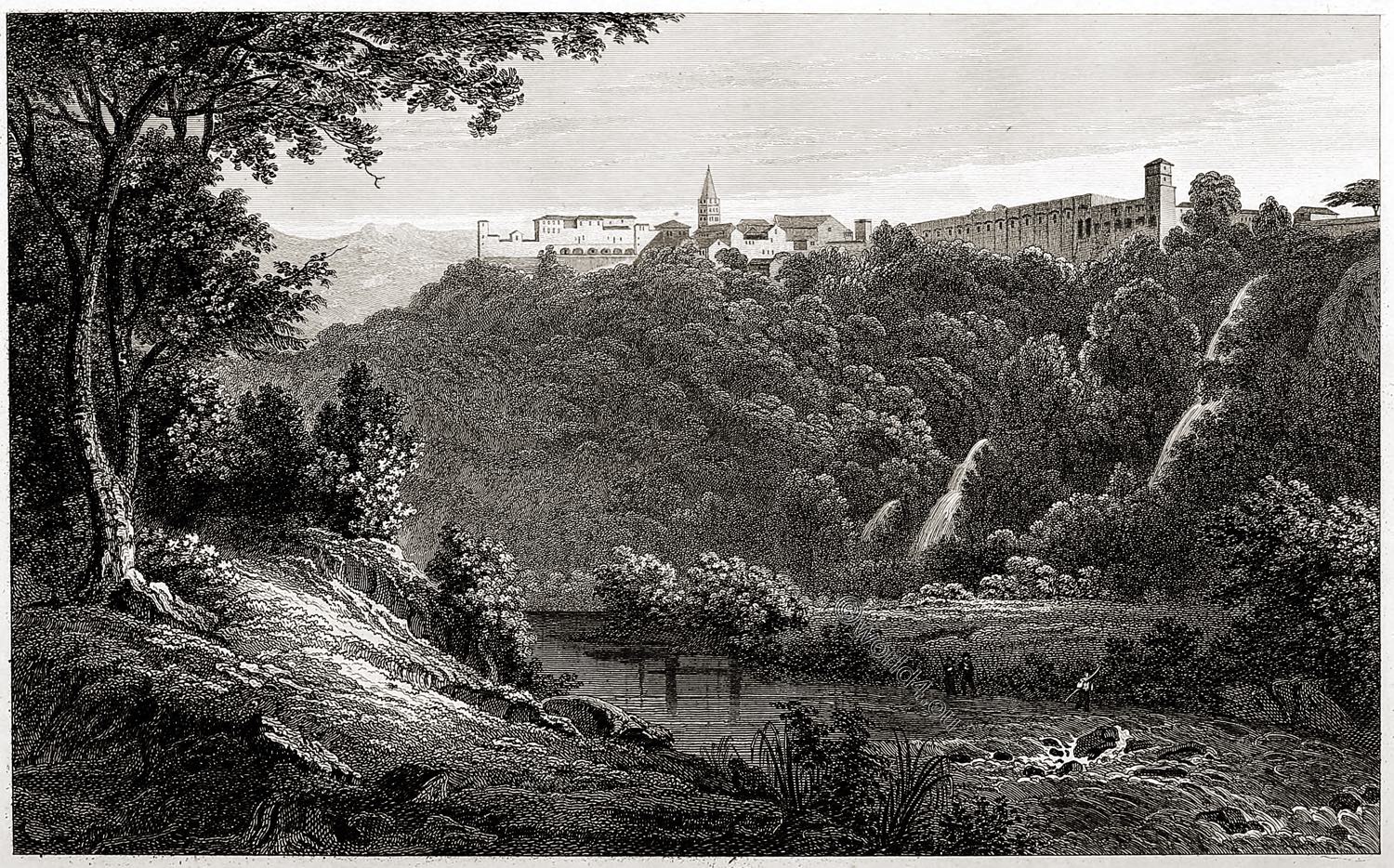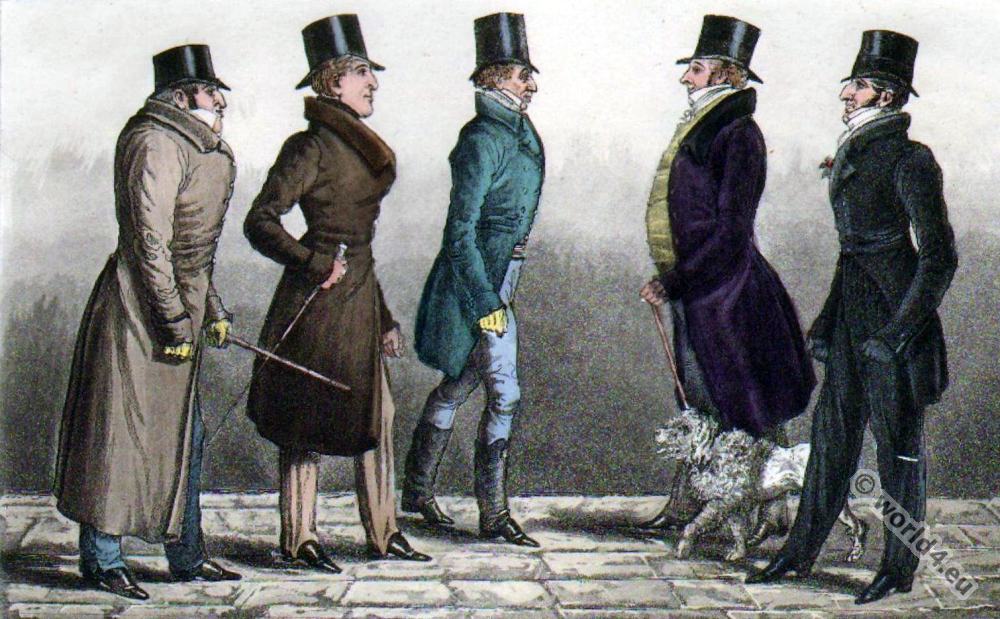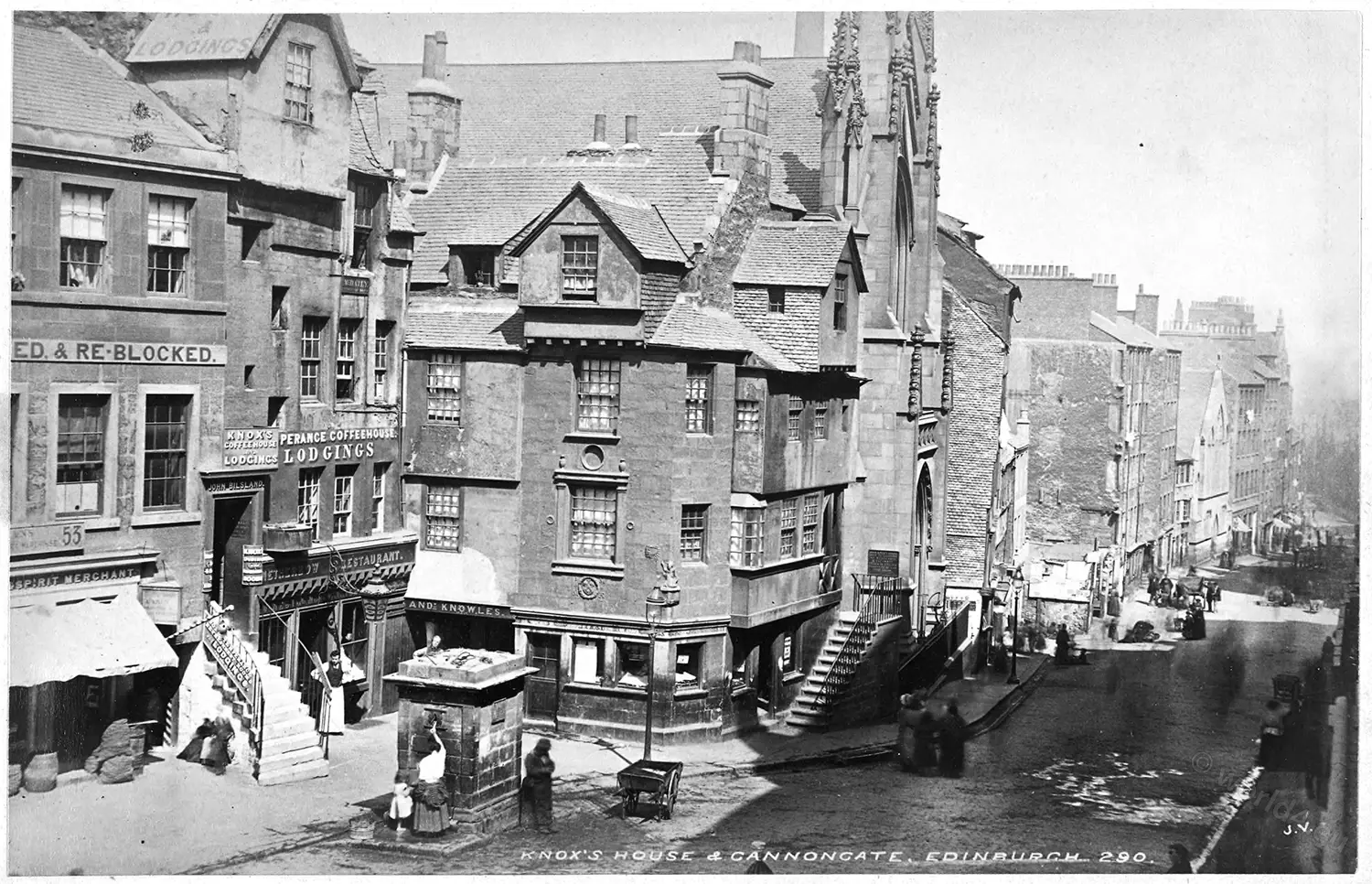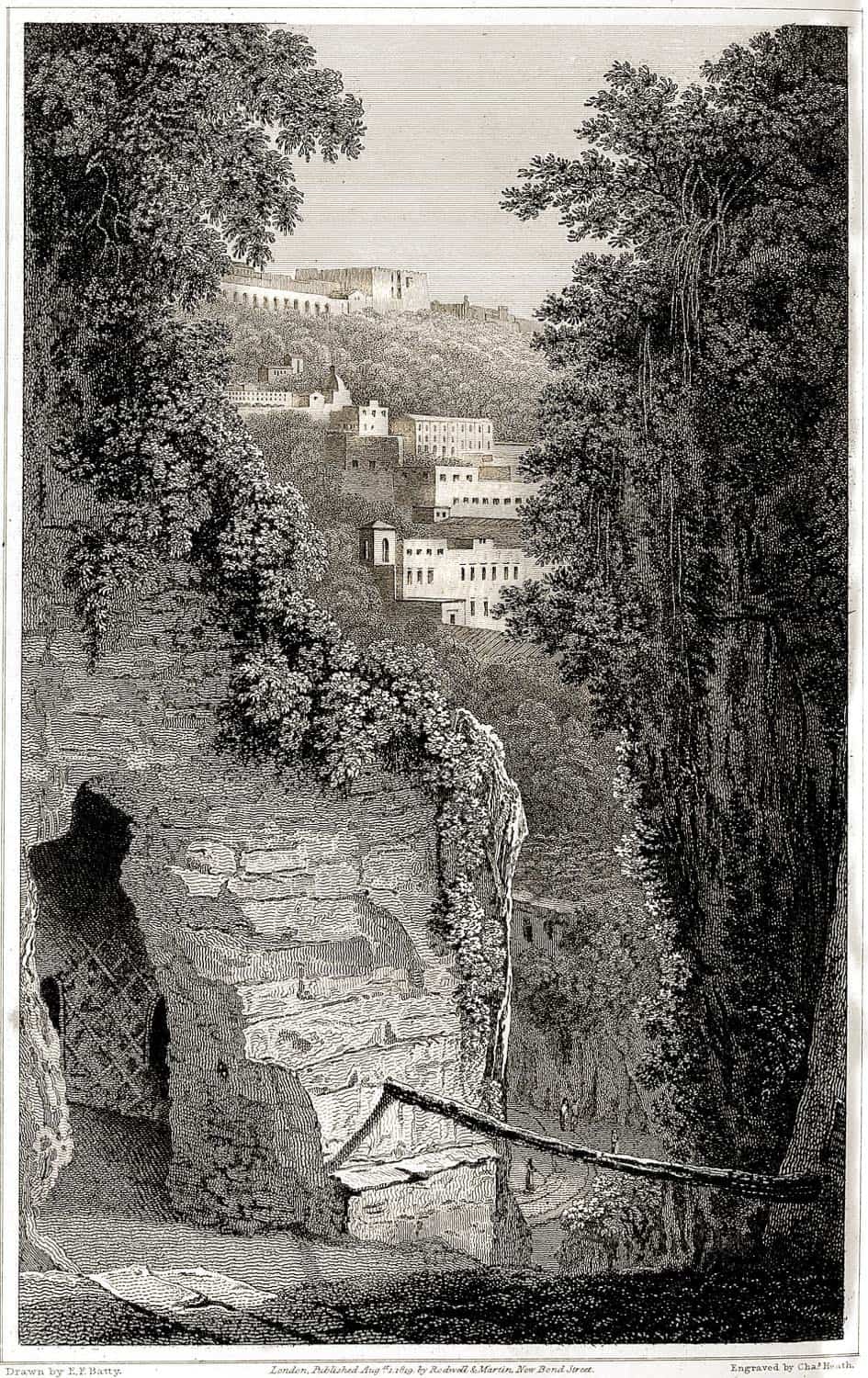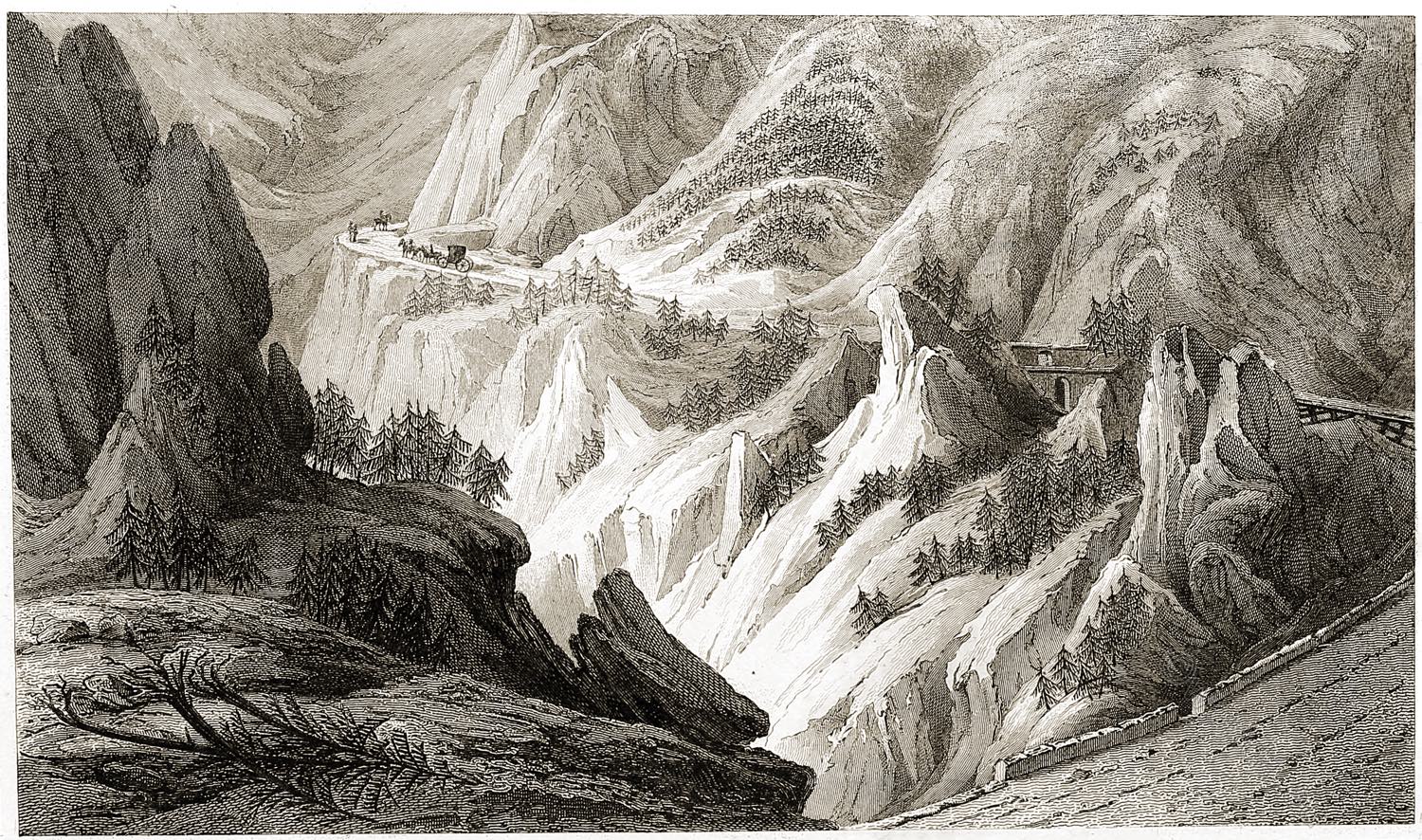
Le Grand Lac (Lac Bramant) is a lake in Savoie. It is located at an altitude of 2458 metres west of Pré Plan, near Crête des Perrons.
THE PASS OF BRAMANTE.
PLATE II.
The climate here feels totally changed; vegetation assumes a more wintry appearance; and every object indicates the proximity of barrenness and eternal frost.
The Arco passes under many wooden bridges; and frequent cascades beautify scenery of the wildest description. The steep ridges, bristled with the dark pine, at times elevate themselves above the beds of snow, or tower into lofty glaciers, beyond which arise the higher points of the Alps, with the frozen summits of Mont Blanc.
Hospices were built upon the road by Bonaparte; they are now however totally neglected. But the humanity of individuals has here bred dogs, trained to search for the bewildered traveller. Food attached to their necks affords him a temporary relief; and by its absence, on the return of the animal, notice is given of the necessity of further search.
Eustace bestows an eulogium upon the benevolent establishment of l’Hôpital; and informs us, that after having been suppressed by the republican philosophists, it was restored and augmented by the first consul, on his reestablishment of that religion, whose benign influence in hospitality is here more particularly felt, where nature seems to have denied every possibility of its exercise.
Source: Italian scenery from drawings made in 1817 by Elizabeth Frances Batty. London: Published by Rodwell & Martin, 1820.
Related
Discover more from World4 Costume Culture History
Subscribe to get the latest posts sent to your email.


